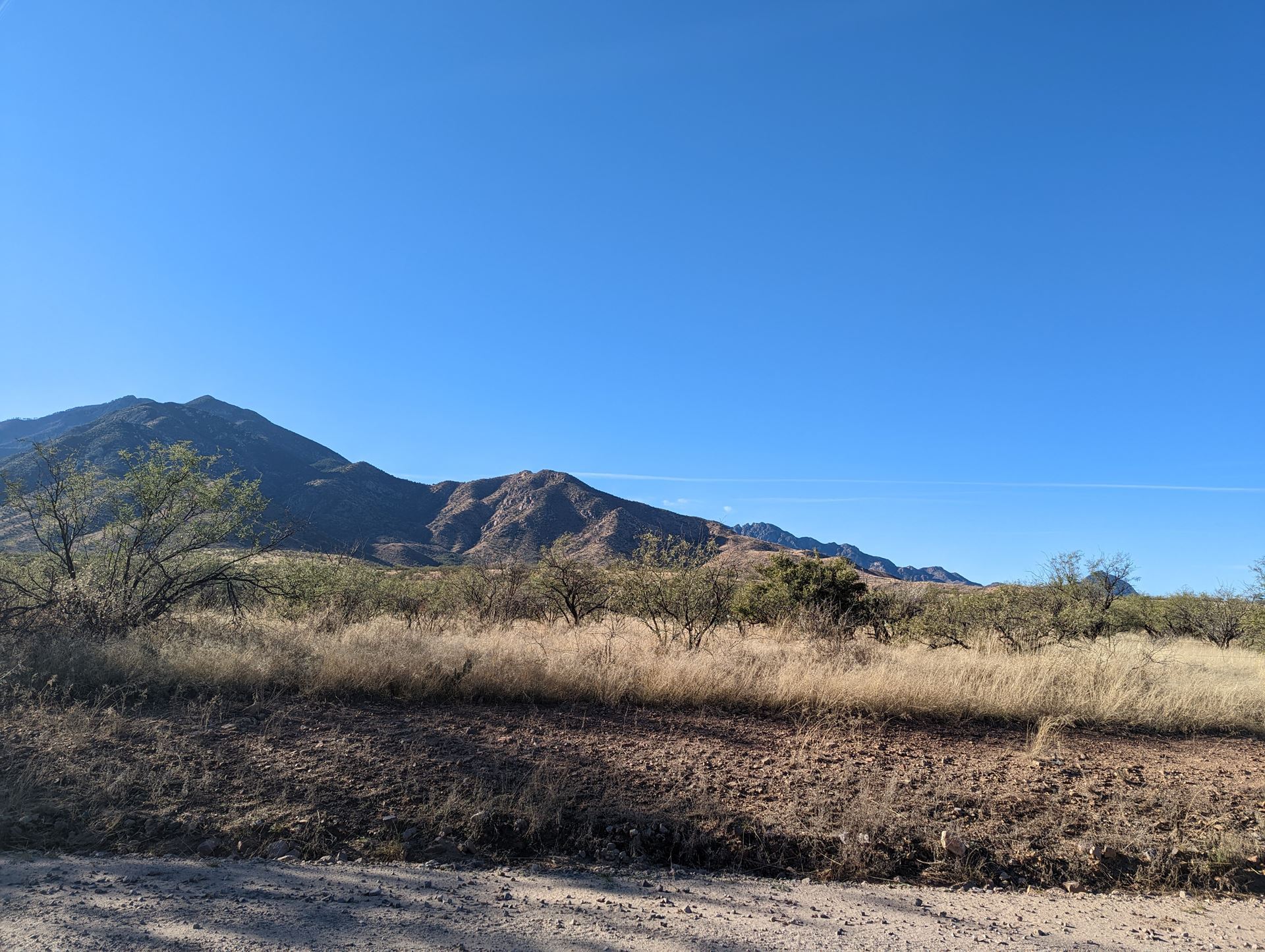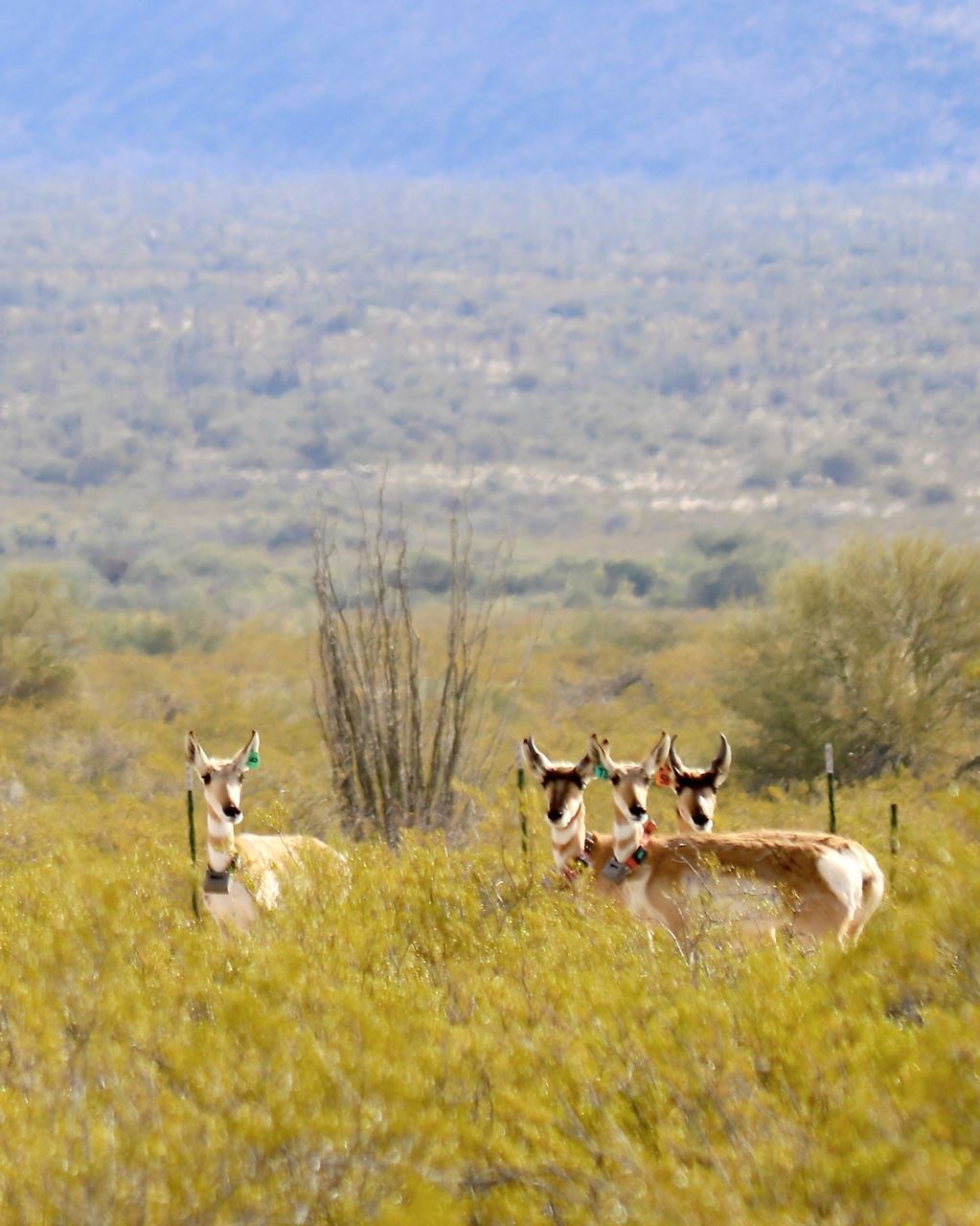
Author: Elise Lange, AWF Communications Manager
I recently took a roughly two-hour drive to Sahuarita, Arizona — home of the Madera Canyon area, a favorite birding destination and great area to camp and hike in. The area has an elevation of around 4900” and is located in the Santa Rita Mountains and resides in the National Coronado Forest.
The area is gorgeous and full of life. Madera Canyon is best described as a riparian woodland, so you can find many different types of trees, shrubs, and locate intermittent streams and waterfalls throughout the area.
Despite the vitality of my destination, the drive to get there was a bit disheartening.
Just in that two-hour drive, I saw 13 total dead animals on the road — coyotes, bobcats, javelina, rabbits, birds, and small unidentifiable mammals.
On the drive back, I saw 25.
These animals died because they tried to cross the road at the worst possible time — and they didn’t have another option.
The Arizona Wildlife Federation Board and Staff recently heard about priority highways and more from Jeff Gagnon, who works on the AZGFD Wildlife Connectivity Project, in our recent board meeting in Sahuarita.
For people who live in the outer parts of Arizona, they are quite familiar with this problem on highways from metropolitan cities to their home area. There are either little or no deterrents — like fences — to keep animals from crossing the road or no safe alternative routes for them to take.
This issue is even worse on certain highways in Arizona like the I-17 by Woods Canyon, Flagstaff or the I-40 by Oak Hill, as we learned in our AWF meeting. These highways have been deemed by AZGFD as priority areas for wildlife connectivity.
When elk have been collared and tracked via GPS, they overwhelmingly choose not to cross the I-17 and I-40. For those who do cross, we know that there are currently over 100 elk and deer collisions per year, so the prospect of their survival is not always positive. Besides population loss due to collisions, species suffer from loss of genetic diversity and habitat size. Biologists who have worked on supporting pronghorn populations fret over the genetic separation of the species that has resulted from the uncrossable U.S. 89. Just in one study done on pronghorn in that area, only 1/37 observed animals crossed — that separation has led to three genetically separable populations.

This type of bottleneck situation is bad news for pronghorn, who are already vulnerable from habitat loss and resource depletion.
It seems as though everyone has a story about animal collisions in Arizona. In our meeting, people located in Flagstaff recalled an accident involving multiple deer a few years ago on the I-40. Several years ago in Big Lake, Arizona, a huge male Elk was hit by a car going over the speed limit on a road without fences.
At AWF, we are working to improve wildlife connectivity in a different way. Our work with the Desert Fence Busters is focused on taking down harmful barbed wire fencing where vehicle collisions are not even a concern. These fences are old and not maintained, so they only separate animals, fragment their habitats, and injure them.
Looking for roadkill and paying attention to harmful fencing is a worthy job — even if you aren’t directly involved with a wildlife connectivity project. It’s important to notice the negative consequences of our ever-increasing development. Otherwise, we remain unaware of a problem that threatens our wildlife and continued outdoor recreation.
Seeing an animal dead on the road — big-game or not — feels like such a waste. That animal was a part of a food-chain that we are a part of, whether you’re a hunter or not. We have a responsibility to these animals.
Organizations like AZGFD and ADOT are doing great work to combat this problem. Already they have seen positive results on the I-17 on the Munds Canyon and Woods Canyon Bridges where they installed fencing. That project resulted in a 97% reduction in animal collisions. They have also worked to construct wildlife underpasses and overpasses, which give animals safe passage.
Read more about AZGFD and ADOT’s collaborative project on I-17: https://azdot.gov/adot-blog/elk-fence-reduced-crashes-great-example-collaboration
.png)